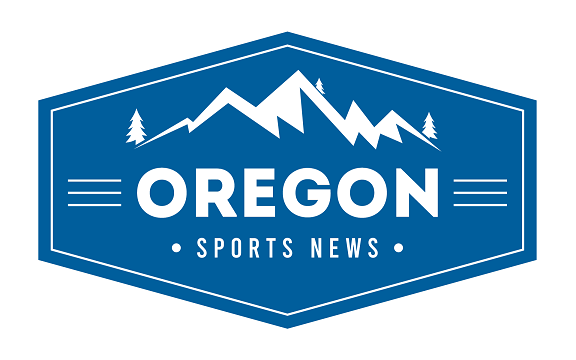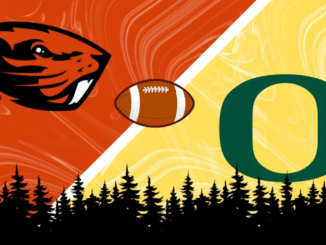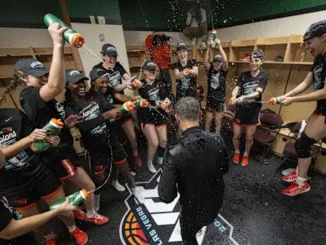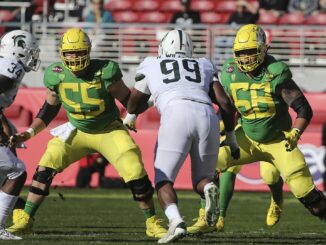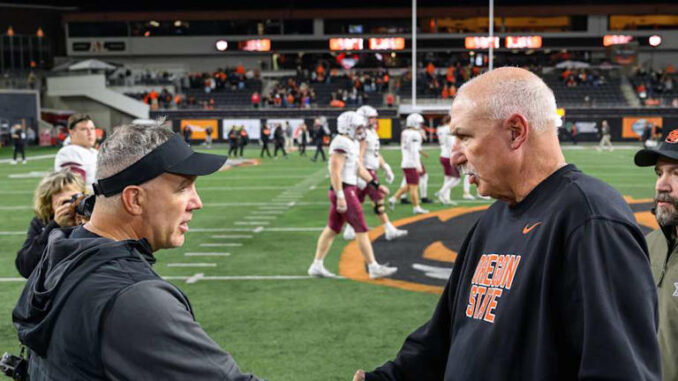
When a program parts ways with its head coach midseason, it’s more than a personnel change — it’s a moment of reckoning. The firing of Trent Bray after an 0–7 start wasn’t just a box checked on an administrative form. It was a public acknowledgment that the problems were loud enough for the athletic department to act. Oregon State turned to Robb Akey as interim, announced a national search, and delivered one clear message to boosters and recruits alike: stabilization is the immediate priority.
That context should drive the hire. This isn’t the moment for a headline-grabbing gamble that requires years of rebuilding capital and inflated salaries. Corvallis needs a pragmatic builder — someone who can steady recruiting pipelines, reduce roster churn, and deliver visible, incremental improvement within the financial and roster realities of a post–Pac-12 world.
Below is what that profile should look like, who fits it, and how the athletic department can conduct the search to protect both present stability and long-term upside.
Where the Program Stands: Constraints and Realities
The facts are immediate and inconvenient. Oregon State dismissed Bray after its worst start in decades. Robb Akey stepped in as interim to steady a roster in flux. The timing matters — a midseason change compresses recruiting windows, increases transfer risk, and forces the athletic department to balance an exhaustive search with the need to reassure players and donors.
Roster health is another constraint. Recent recruiting classes have been uneven, and portal churn has reshaped depth across multiple positions. Local reporting suggests the 2026 recruiting haul was already lagging behind regional peers, heightening the need for a recruiter who can quickly reestablish trust in the Pacific Northwest.
Finally, money matters. Oregon State is operating in a changed financial ecosystem after the Pac-12’s dissolution and the resulting settlement funds. Those funds offer a cushion, not a blank check. The practical budget for a sustainable rebuild is limited, and the athletic department should be wary of pursuing big-name coaches whose salaries and buyouts could compromise long-term stability.
The Ideal Hire: Four Pillars of Fit
Given those realities, a useful hiring rubric has four pillars:
- A builder, not a celebrity. The right candidate has proven experience stabilizing programs or elevating Group-of-Five teams under tight budgets. Oregon State needs steady process wins more than national headlines.
- A regional recruiter. The Beavers’ talent base runs through the Pacific Northwest and California. A coach with established relationships in those regions — someone who can visit high schools, connect with local staff, and keep blue-chip talent in play — will close the gap faster than an outsider with weak PNW ties.
- Schematic adaptability. The current roster can’t endure a full schematic teardown without multiple years of pain. A coach who installs practical, position-friendly schemes and evolves them over time will stabilize performance early.
- Cultural fit and fiscal prudence. Corvallis needs a low-drama leader who restores accountability and confidence without overpromising. The hire must be affordable and deliverable, or the program risks trading short-term optics for long-term fragility.
Realistic Candidates and Their Tradeoffs
Brennan Marion
Marion’s reputation as an inventive offensive mind precedes him. His high-tempo “Go-Go” offense turned heads at UNLV and earned him a head-coaching role at Sacramento State. For Corvallis, he offers immediate recruiting energy and an offensive identity that can produce quick results without requiring a total roster overhaul.
The tradeoffs: his system needs specific personnel — agile linemen and quick, space-oriented receivers — and it takes time to install. Year One would likely bring growing pains. While Marion’s salary demands would be moderate, the program would need to invest in staff and recruiting support to make his offense sustainable.
Ryan Grubb
A proven developer with deep West Coast roots, Grubb coordinated high-efficiency offenses at Fresno State and Washington. His name recognition among recruits in California and the PNW, along with a track record of teaching pro-style timing systems, makes him a compelling fit. The challenge is cost and availability. Coordinators of Grubb’s caliber often command high salaries and buyouts. Oregon State would need to balance the value of immediate offensive stability with the financial strain of pursuing a sought-after candidate.
Robb Akey (Internal)
Promoting Akey would offer continuity. He knows the roster, the staff, and the recruiting landscape, and his leadership could help stem transfer risk. His extensive experience — including a head-coaching stint at Idaho — brings credibility and familiarity. The tradeoff is perception. Internal promotions can be seen as conservative, and they rarely reset recruiting momentum. The athletic department must weigh the benefits of stability against the need for fresh direction.
Jeff Tedford or similar veteran rebuilders
Tedford represents the veteran archetype — a coach with proven success rebuilding West Coast programs. His credibility and schematic clarity could rejuvenate Corvallis quickly. But he’d come at a premium. Veteran hires often come with high salaries and the risk of short tenures, and they usually use smaller programs as stepping stones. If Oregon State goes this route, contract structures should protect institutional continuity and budget flexibility.
Stretch and internal options
Stretch hires — ambitious Group-of-Five head coaches or Power Five coordinators — offer upside but come with higher costs and turnover risk. Internal candidates preserve culture but may struggle to alter recruiting trajectories. The AD’s priority should be identifying candidates who view Oregon State as a multi-year project, not a pit stop.
What Success Looks Like in 18 Months
Success in Corvallis won’t be defined by nine wins in Year One. Real progress means stabilizing recruiting, retaining key contributors, improving to a top-60–80 class ranking, and developing a visible schematic identity. A team that competes consistently and looks cohesive on tape is the surest sign that the rebuild is on track.
Programs that repair their recruiting and cultural foundations tend to compound gains into winning records by Year Two. That patience pays off — the programs that chase quick fixes usually find themselves starting over again in three years.
Conclusion
Oregon State stands at a crossroads. The right hire won’t be about fireworks; it will be about craft. The Beavers need a disciplined builder who can recruit the Northwest, modernize the playbook without dismantling the roster, and operate within realistic financial bounds.
The temptation will be to chase a marquee name promising instant salvation. Resist it. The more straightforward path to long-term success lies in pragmatic, steady progress — the kind that restores credibility, rebuilds trust, and makes Corvallis proud of its program again.
If Oregon State pairs that discipline with the community’s loyalty, this messy season could become something far more meaningful: the blueprint for how a small-market program thrives in a reshaped college football landscape.
